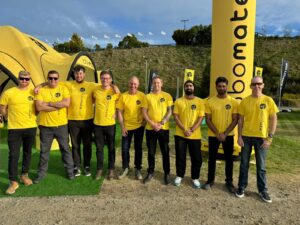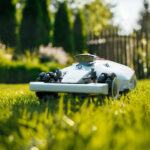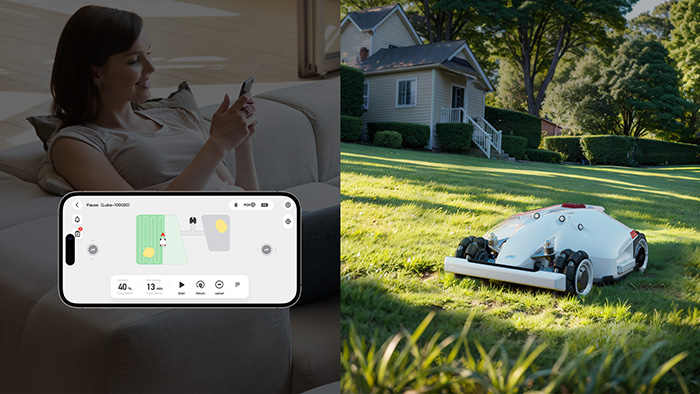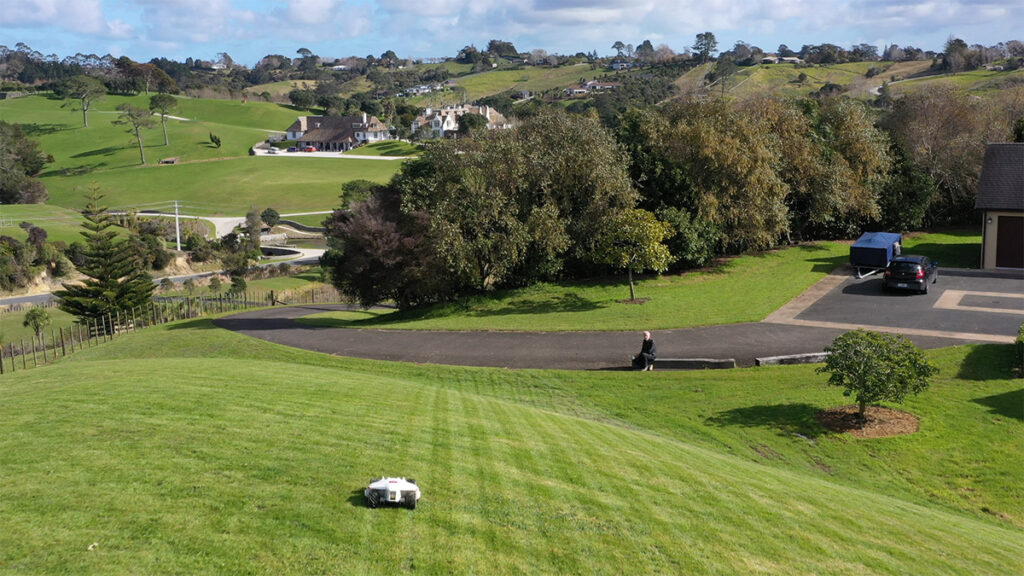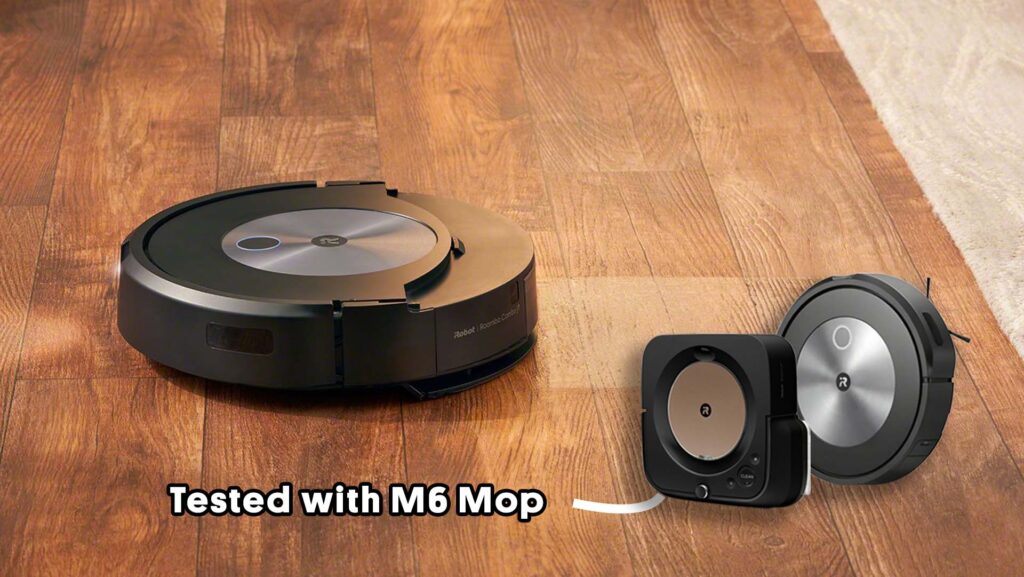When two titans clash, the destruction decision is brutal. And as every robovac enthusiast knows, the latest models from Ecovacs and Roborock are likely to be giants in the industry. Roborock has a cult-like following which speaks for itself, and the T9+ has a feature-list longer than the current “locations of interest” list. However, deciding which is best by reading features and specifications is a little bit like choosing your favourite meal by reading a recipe book. We have tested, lived with, and learned to love both robots. This is our expert opinion.
On paper, there are a number of similarities. Both are circle, hybrid vac+mop combos that use LiDAR as their primary navigation sensor. They’re two of the only options on the market that have “active” mopping, where the mopping pad is moving to create extra friction rather than just being dragged around the floor. For the most part, it’s a little bit like trying to separate a BMW and an Audi as the better everyday car. Both will do an excellent job and you will love whichever one you choose.
So, let’s focus on the differences. Features can often be more confusing than helpful, so I will summarise and highlight the key features that should form the basis of your actual decision at the bottom.
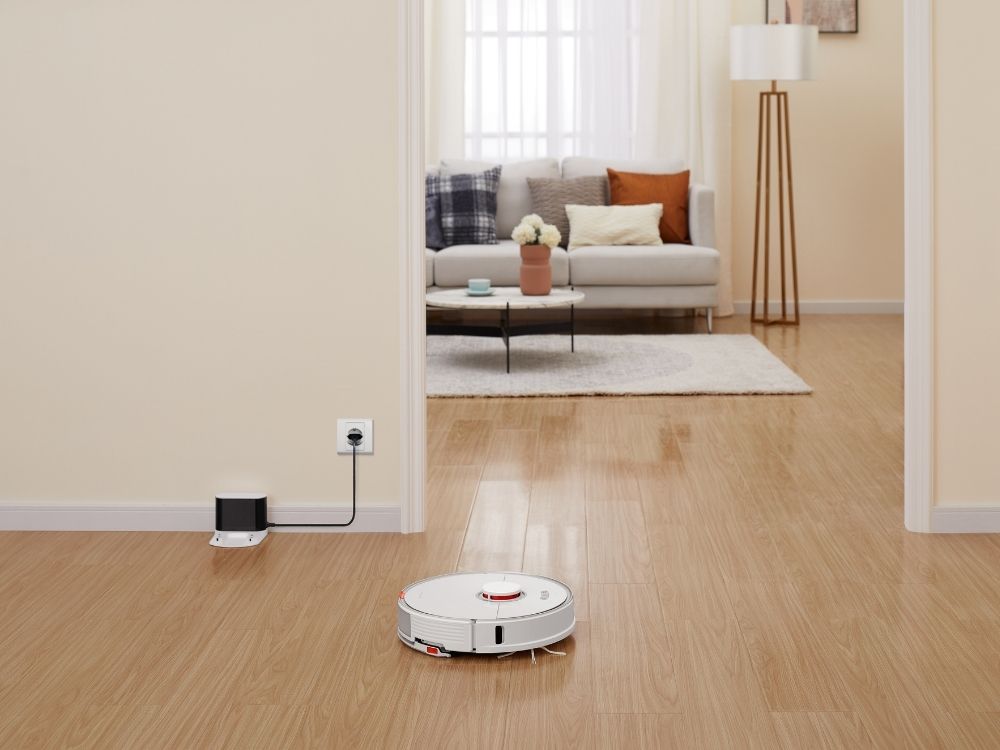
1. Vacuuming performance
Both are exceptional, with ample suction power. The T9 has more raw power at 3,000 pascals, however the 2,500pa on the S7 is more efficient, as it is lower and follows the contours of the floor, creating a better seal. There are slight advantages to both approaches: the T9 is a little better at picking up larger objects and the S7 better at finding debris in crevices. Personally, I wouldn’t make a decision between these two bots based on the vacuuming performance as there’s not much to separate them and both do exceptionally well at genuine deep-cleaning.
2. Brushes
The T9 adopts a more standard bristled roller-brush, while the S7 uses an all-rubber system. The rubber brush gets less hair tangled around it, although some will still accumulate on the edges. The S7 also has one rubber side-brush, while the T9 has two standard ones. Two is better than one, and although the rubber won’t soak up liquid when mopping, it does make extra noise when flicking against the skirting-boards.
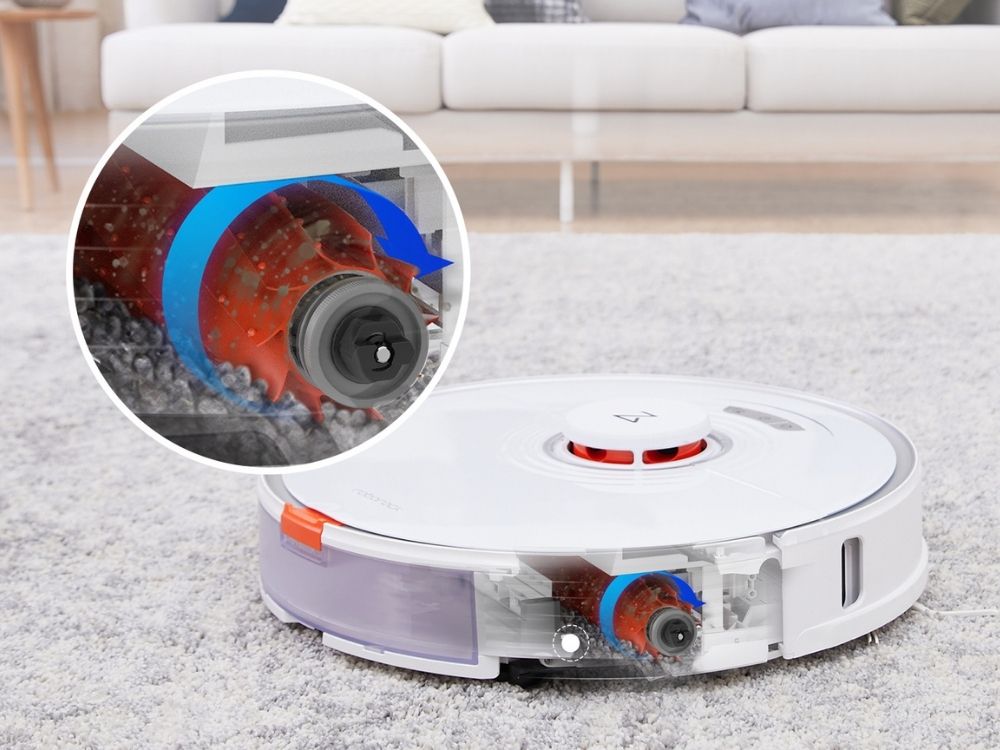
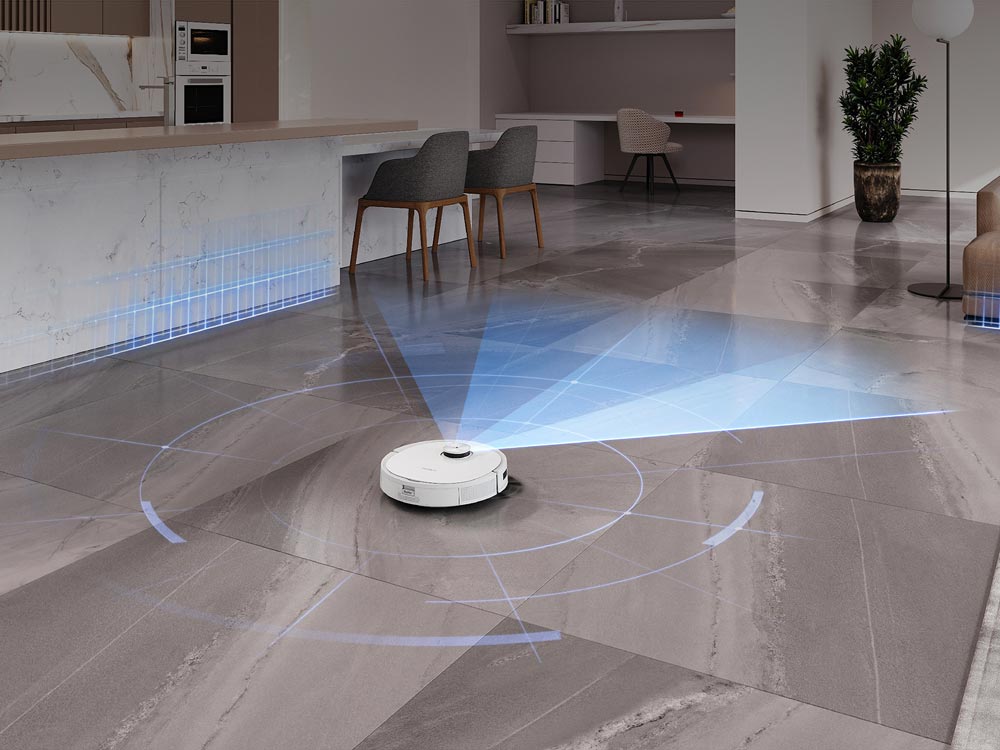
3. Navigation
Both robots use LiDAR for positional navigation. They’re both methodical and gentle on walls and furniture. The software on both is impressive (coming from someone who is very used to how clever robots are). The T9 is the most quickest robot I have ever tested but again, the S7 is very close. Both have virtual barriers and no-mop zones.
4. Mopping
These are two of the only “active” mopping robots on the market. Most hybrid vac+mops simply drag a wet mopping attachment around, which is useful for maintenance cleaning but doesn’t lift more stubborn spills that have been there a while. Both also have adjustable water flow rates.
The T9 mop “oscillates” and the S7 uses “sonic, vibration mopping”. You’re probably not the only one that is confused. What this actually means:
The oscillations on the T9 mop are larger movements. The whole mopping pad moves back and forth quickly in a scrubbing motion.
The S7 mopping pad vibrates – the movements are much smaller and faster.
Roborock claim that their system is 4x more effective than the standard dragging method. It makes sense and our tests back this claim up, however the larger scrubbing motion of the T9 makes it even more effective on tough spills.
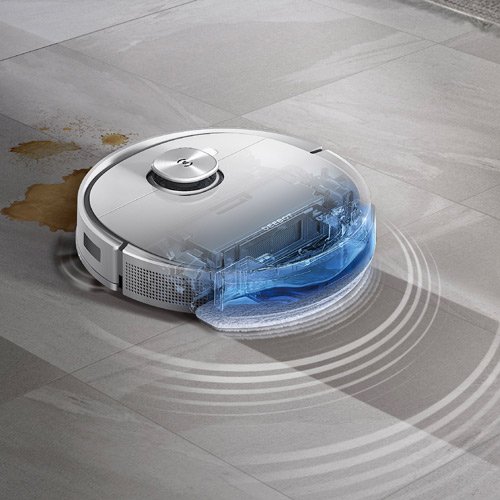
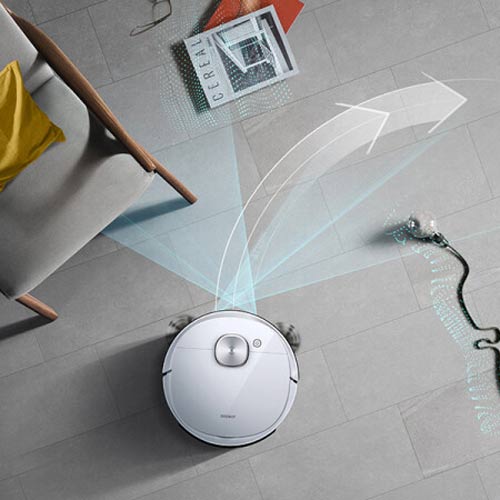
5. Obstacle avoidance
This is the first big win for the Deebot T9. It uses a secondary laser system on the front to detect items on the floor, below the line of sight of the main LiDAR. Ecovacs call this TrueDetect 2.0. It’s particularly useful to help it navigate USB cables and socks (or pet messes…) that are left on the floor without getting them stuck in the brush. It’s important to note that it isn’t 100% reliable and it’s still best practice to pick up before sending it out to work.
While the S7 doesn’t have obstacle avoidance, this doesn’t mean it blindly bashes into walls and furniture. The term “obstacle avoidance” can be slightly deceptive in this regard; it is still intelligent and gentle. It just can’t see items below the line of sight of the main LiDAR and relies a little more on its bump sensor (only a few grams of force require to turn it away if it doesn’t see something).
6. Raising the mop
And now for the first big win for the Roborock S7. It is the first hybrid robot vacuum that can raise its mop when it detects it is driving on carpet or rugs. Every robot mop owner will immediately understand what this means, but I will elaborate for the newcomers why this is so important. You see, other robot mops also use ultra-sonic sensors to detect carpet, however as the mop can’t be raised, it will simply avoid driving there as it would make a damp mess. If the majority of your flooring is hard, or you only have one area that needs mopping and you can find a place for the base, this is probably not an issue. However, many New Zealand homes will have a mixture of carpet and hard-floors. Any hard-floor that has carpet between it and the base location essentially becomes an island as the robot will not even transit across it with the mop attached. Carrying the robot back to base isn’t a huge deal, but it may be something people don’t always consider and not having to think about it at all is another level of convenience and automation.
The Roborock mop only raises 5mm when it detects carpet. As the sensors are on the front of the robot and the mop is on the back, it is quick enough to detect it and raise the mop. When I tested it on a bumpy white rug, it did still leave a slight dampness however there were no marks. It was totally effective in our tests on standard deep pile carpet.
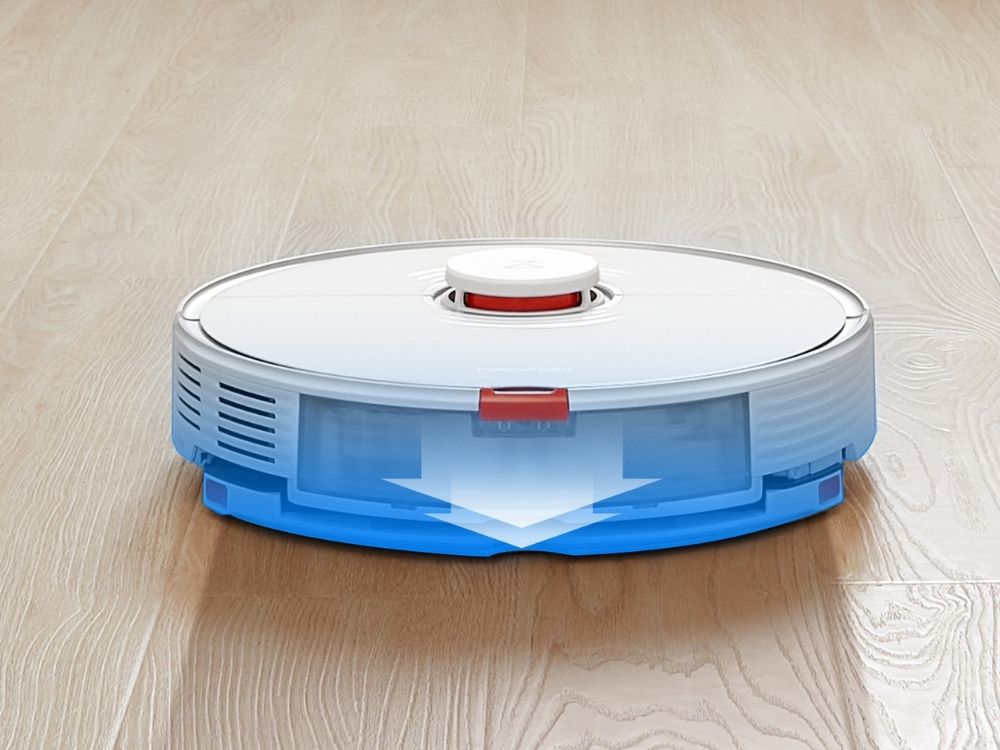
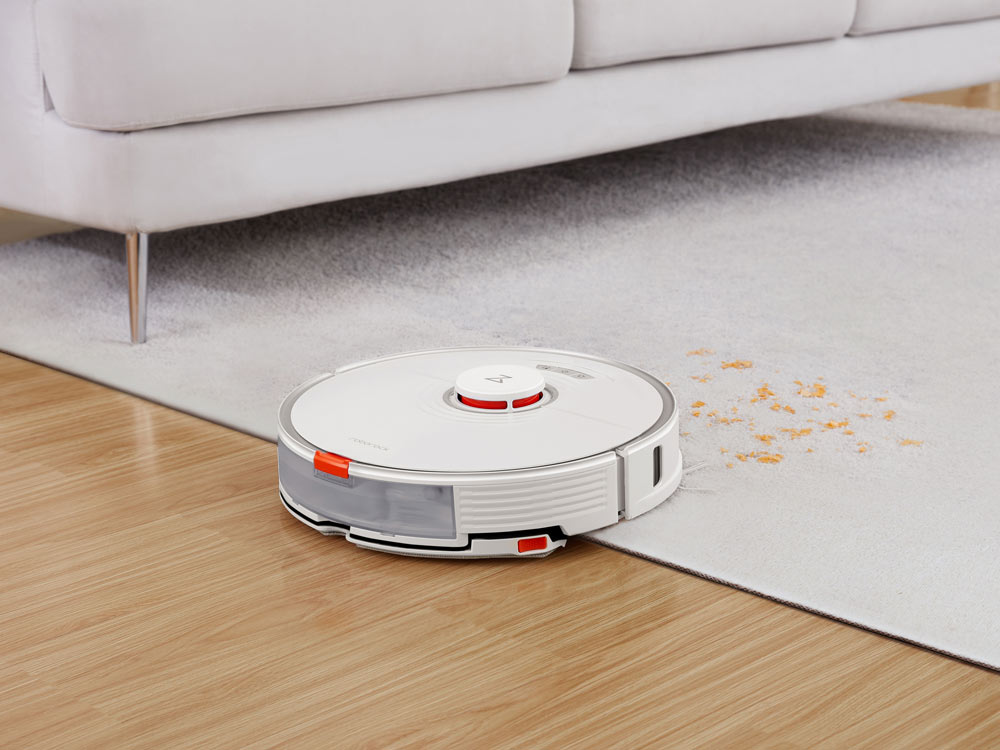
7. Air-freshener and other features
The Ecovacs T9 is the first robot to have an air-freshener and 3D mapping. The air-freshener smells surprisingly pleasant. It is subtle – more like an expensive male perfume than a high-schoolers spray-on. Transforming your floor-plan from 2D to 3D still involves quite a lot of manual set-up, so while it is a cool concept for the future, it wouldn’t really affect my decision making process. The air-freshener is a little win for the T9, especially for those with indoor pets.
Roborock S7 Plus | Ecovacs Deebot T9+ | |
|---|---|---|
Price | $1,399 NZD | $1,399 NZD |
Battery life | 180 mins | 175 mins |
Navigation type | LiDAR (ultra-accurate) | LiDAR (ultra-accurate) |
Cleaning Functions | Vacuum + Mop | Vacuum + Mop |
Suction power | 2,500 Pa | 3,000 Pa |
Roller-brush | Rubber | Bristled |
Side-brushes | One | Two |
Ultra-sonic carpet detection | Yes | Yes |
Active mopping | Vibrating | Oscillating |
Raises mop on carpet | Yes | No |
Auto-empty included | On Plus model | On + model |
Virtual barriers | No-go & no-mop | No-go & no-mop |
Smart-home | Amazon Alexa, Apple Siri & Google Home | Amazon Alexa & Google Home |
Dust-bin size | 470ml | 420ml |
Water capacity | 300ml | 180ml |
Object Avoidance | No | TrueDetect 3D 2.0 |
Summary and advice.
Overall, the Roborock S7 and the Ecovacs Deebot T9 are very comparable, and it is more a question of what is most suited to your home and what you prioritise. As I said earlier, for every day users it really is a bit like BMW vs Audi. Both are exceptionally competent and will shock first time robot users with how well they actually clean.
To me, it comes down to how much I want the convenience of never having to carry the robot to mop (S7) vs the object avoidance (T9). If I was buying it to vacuum daily and mop once or twice a week, it would be hard to pass over the T9, but if I wanted to mop and vacuum every single day, then the S7 is also great.

